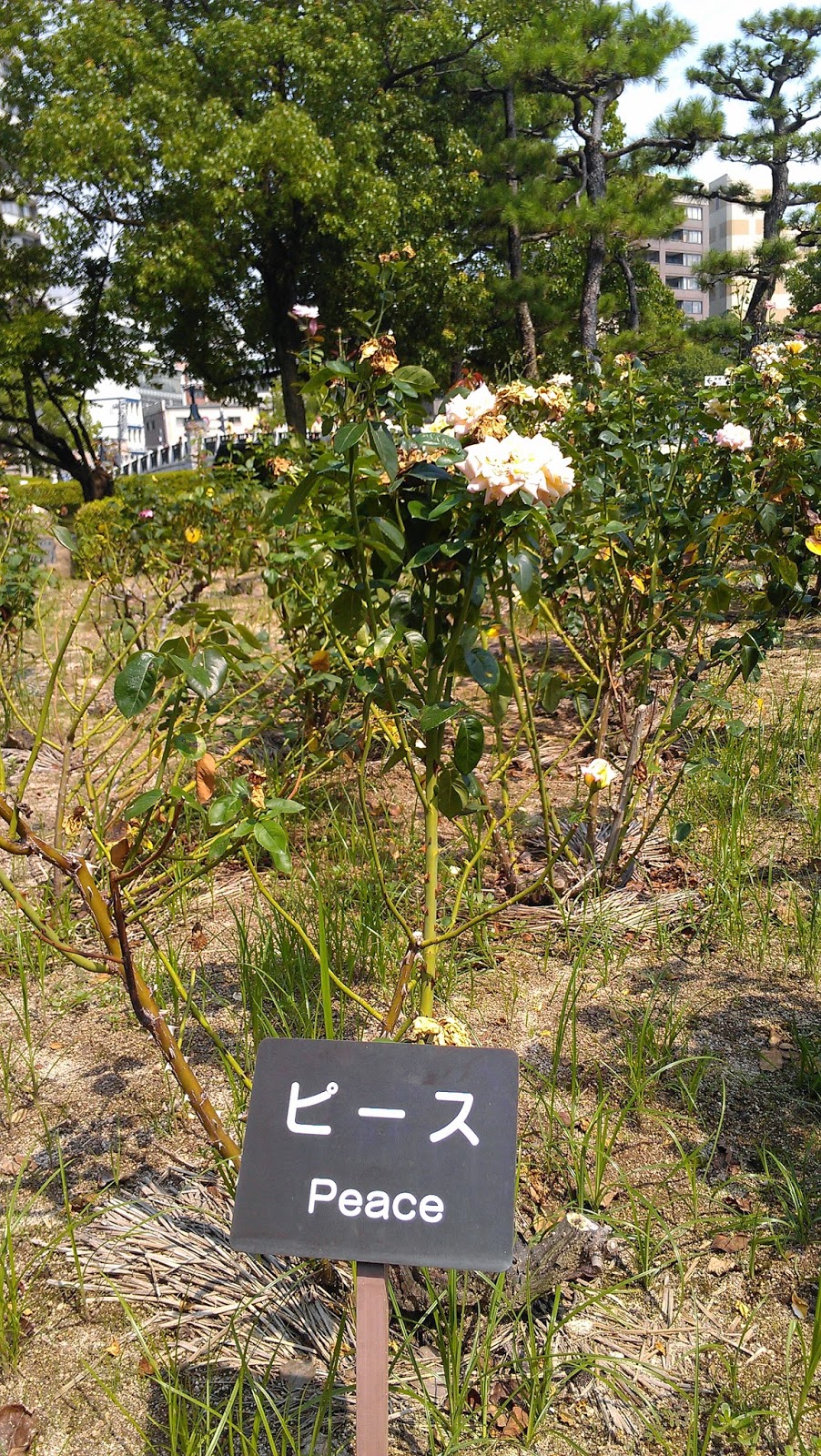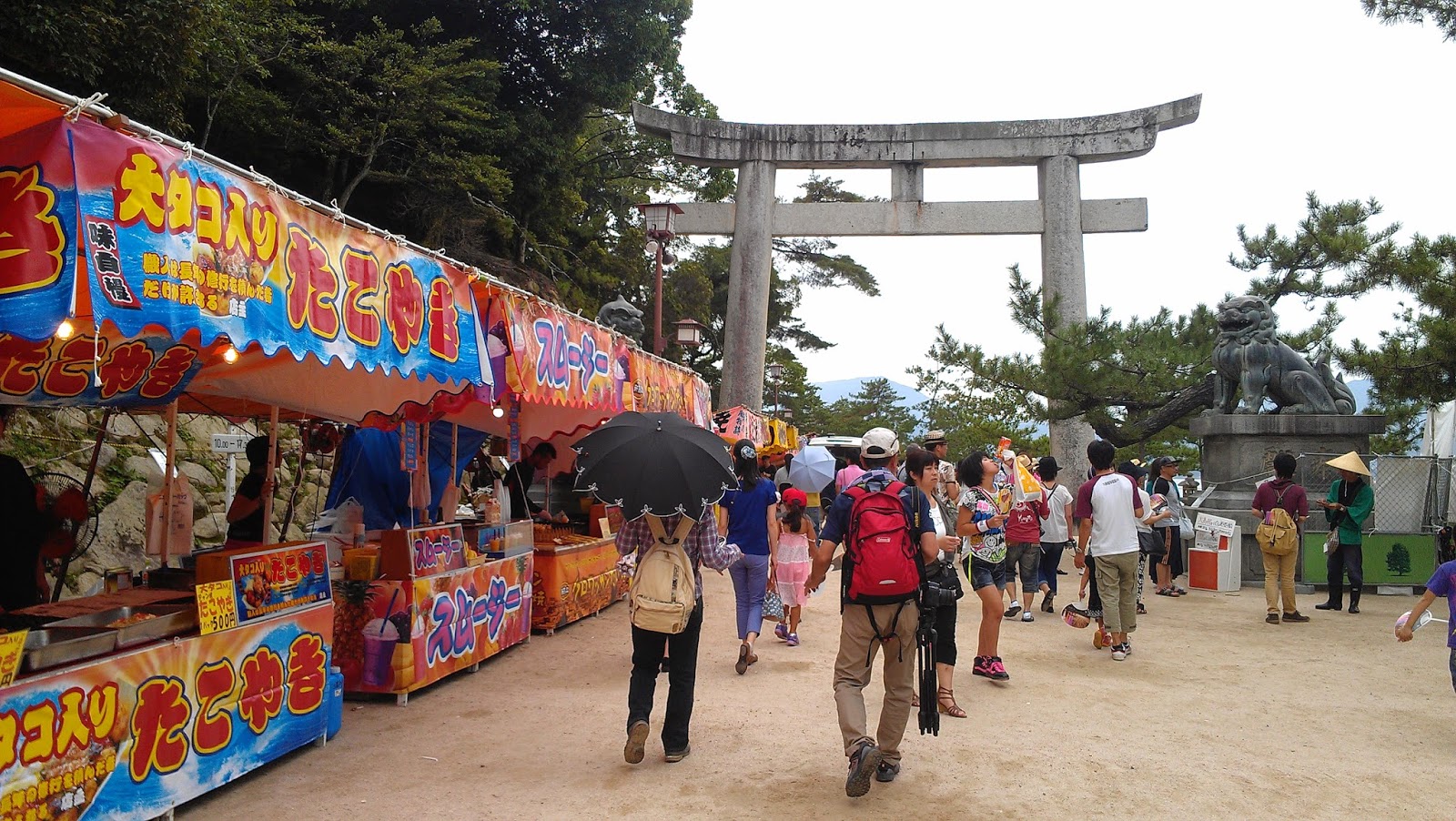Back to a lifestyle post. Though I'm quite used to it now, one of the
most difficult things to adjust to was the Japanese computer. The
letters of the QWERTY keyboard that we know and love is the same in
Japan, which is great, but some of the symbol keys are different. For
example, the @ sign is not at a SHFT+2 position, but right next to the
P, no shift involved. Many an extra minute have been spent scanning the keyboard trying to find where the @ sign has disappeared to. Another example are the parentheses buttons, on
the Japanese keyboard the open and close parentheses are shifted over one position to SHFT+8 and
SHFT+9 respectively. That one was particularly tricky to get used to because it was just one key over. !
One handy tool that is standard on Japanese keyboards is the "switch to Japanese" button, located next to the shortened space bar. It enables the user to phonetically type Japanese words in roman characters, which the program will provide various character translations for at the tap of a button, in Kanji, Hiragana, and Katana. It's also usually smart enough to figure out which alphabet to choose. Because of this function though, to enable caps lock, you have to hit SHFT+Caps Lock, which is now a little nuance that I have carried over to my own American laptop. Luckily it doesn't have any effect on the result.
In addition to the keyboard being different, on our computers at work, most of the programs are defaulted to Japanese language. This means all that your control panel, those help tabs in Word and Excel, even the icons on your start menu are all displayed in Japanese. Luckily, most of these things, having being adopted from English words, are written in Katakana so you can generally translate what they mean, though it will take an extra few seconds. For everything else, though, you resort to figuring out some sort of pictoral clue (ie: the third one-word option; the Kanji character that looks like a robot; the shortcut letter U)
Not a big change at the end of the day, but certainly a difference that I will remember. It took a few weeks to get used to, and I think it's going to take just as long to adjust back!
One handy tool that is standard on Japanese keyboards is the "switch to Japanese" button, located next to the shortened space bar. It enables the user to phonetically type Japanese words in roman characters, which the program will provide various character translations for at the tap of a button, in Kanji, Hiragana, and Katana. It's also usually smart enough to figure out which alphabet to choose. Because of this function though, to enable caps lock, you have to hit SHFT+Caps Lock, which is now a little nuance that I have carried over to my own American laptop. Luckily it doesn't have any effect on the result.
In addition to the keyboard being different, on our computers at work, most of the programs are defaulted to Japanese language. This means all that your control panel, those help tabs in Word and Excel, even the icons on your start menu are all displayed in Japanese. Luckily, most of these things, having being adopted from English words, are written in Katakana so you can generally translate what they mean, though it will take an extra few seconds. For everything else, though, you resort to figuring out some sort of pictoral clue (ie: the third one-word option; the Kanji character that looks like a robot; the shortcut letter U)
Not a big change at the end of the day, but certainly a difference that I will remember. It took a few weeks to get used to, and I think it's going to take just as long to adjust back!








































